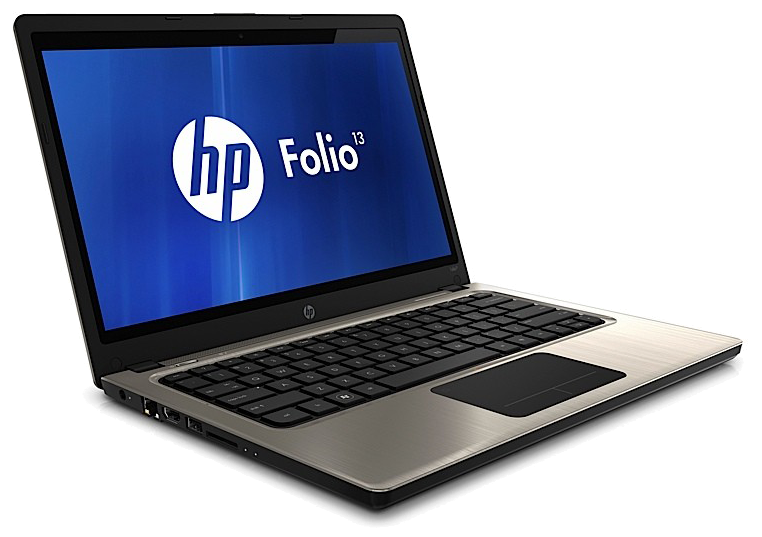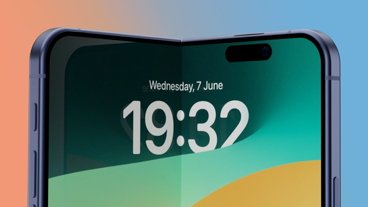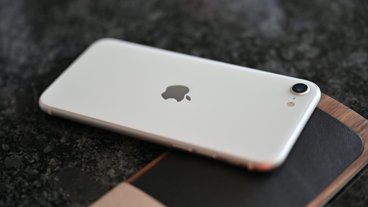In particular, people familiar with Apple's roadmap say the Cupertino-based company currently plans to exit 2012 having completed a top-to-bottom revamp of its notebooks lineup that will see new MacBook Pros adopt the same design traits that have made its MacBook Airs an increasingly popular choice among mobile consumers.
This will include new, ultra-thin unibody enclosures that jettison yesteryear technologies like optical disk drives and traditional hard drives in favor of models with lightweight chassis that employ flash-memory based solid-state drives, instant-on capabilities, extended battery life, and rely on digital distribution for software and media.
"They're all going to look like MacBook Airs," one person familiar with the new MacBook Pro designs told AppleInsider. Meanwhile, existing MacBook Pro designs are expected to be phased out over the course of the year.
Much in the same way that Apple initiated its last MacBook Pro overhaul by first revamping the higher-volume 15-inch models, and only then following up a few months later with a redesigned 17-inch counterpart, the company is again said to be giving priority to its new 15-inch model. A 17-inch model is expected to follow shortly thereafter.
As such, AppleInsider believes that based on its information, leaks out the Far East regarding an ultra-thin 15-inch Apple notebook slated to hit the market this spring indeed pertain to Apple's 15-inch MacBook Pro makeover, regardless of what marketing name the company ultimately chooses to stamp on its bezel. It's to rely heavily on Thunderbolt and be built around Intel's forthcoming Ivy Bridge microarchitecture and mobile components currently slated to start shipping in April.
An illustration of Apple's notebook lineup planned for the 2012 calendar year.
The transition comes at a time when Apple's notebook sales are surging in the face of a broader market contraction, prompting competitors to retool their own offerings in a similar manner in hopes of stemming the slow but increasingly material market shift towards the Mac maker's sleek and sexy designs.
Since introducing its first MacBook Air, Apple has seen its notebook sales increase nearly threefold, from 1.342 million units quarterly in January of 2008 to 3.719 million units during the company's most recently ended quarter. A huge chunk of that growth took place in the 12-months after Apple revamped the Air with lower pricing and the addition of an 11-inch model, with shipments rising nearly 1 million units from 2.643 million in the fourth fiscal quarter of 2010 to the 3,616 million units in the fourth fiscal quarter of 2011.

Apple's notebook sales have surged from roughly 1 million units per quarter 3 years ago to nearly 4 million units today.
Although existing MacBook Pros continue to outsell MacBook Airs, the gap between the two has been contracting, with Apple management continually crediting the MacBook Air with helping to drive the company's overall computer business. For instance, this past October Chief Financial Officer Peter Oppenheimer reported a then record 4.89 million Mac sales for the prior quarter, a 26% yearly increase that he said was "fueled by the very strong growth in MacBook Air as well as the continued strong performance of MacBook Pro."
The popularity of Apple's MacBook Airs finally drew the earnest attention of rival PC makers over last year, who under the guidance of Intel have been attempting to mimic the super-sleek notebooks with an assortment of models based off the chipmaker's "Ultrabook" reference design.
Specifically, Intel's definition of an initial first-phase Ultrabook calls for notebooks that are less than 21 mm thick, weight no more than 3.1 pounds, use flash-based SSDs, offer 5 to 8 hours of battery life, and cost around $1,000. However, that latter specification — price point — initially proved challenging for the PC makers, who petitioned Intel for a 50% price cut on Ultrabook microprocessors in hopes of keeping their margins material. Intel ultimately denied the request, granting a 20% cut instead.
In addition to struggling with pricing, Ultrabook makers have also had to contend with Apple's dominance in the overseas supply chain. Last August it was reported that Ultrabook makers were out-muscled by Apple in acquiring magnesium-aluminum chassis, which are ideal for creating a notebook less than 0.8-inch thick. This forced some vendors to turn to alternative materials such as plastic in order to compete with Apple's pricing.
Still, Ultrabook vendors such as Acer and Asus saw their initial offerings struggle to gain traction in the market when pitted against the MacBook Air, prompting the two to reduce initial orders by as much as 40%. The two companies originally planned to build as many as 300,000 Ultrabooks by the end of 2011, but slow sales forced them to reduce those orders to between 150,000 and 180,000 units. They're now looking toward a $100 marketing subsidy from Intel to help drive prices down as much as 10% during the first quarter of 2012.
At the same time, Apple has not only seen sales of MacBook Airs surge but managed to simultaneously driven its overall gross profit margins higher in the process, which are now well in excess of 40%. It has done so by extending the same fundamentals to MacBook Air production that led to its dominance in the mobile phone and tablet markets, where secret long-term licensing deals for components and manufacturing capacity have garnered it rock-bottom pricing that is squeezing out rivals who aren't seeing high enough volumes to command such arrangements.
With this year's MacBook Pro revamp, Apple is looking to extend the same fundamentals to its most premium priced notebooks in a move that threatens over time to further disrupt the notion that its products are more costly than those from rival PC makers. It also threatens to place those same PC makers in another round of follow the leader that could ultimately pave the way for a changing of the guard in the personal computer market over the next several years should they fail to catch up in a timely manner.
What's not immediately clear is how Apple plans to bridge the gap currently filled by the 13-inch MacBook Pro, though there has been some informed speculation that rumors of MacBook Airs with faster memory and irreplaceable SSDs originally rumored for last year could materialize this year, possibly opening the door for 13-inch Air-style MacBook Pro with slightly more flexibility and brawn.
 Kasper Jade
Kasper Jade








-m.jpg)






 Wesley Hilliard
Wesley Hilliard
 Malcolm Owen
Malcolm Owen
 Andrew Orr
Andrew Orr
 William Gallagher
William Gallagher
 Sponsored Content
Sponsored Content
 Christine McKee
Christine McKee

 Thomas Sibilly
Thomas Sibilly







321 Comments
Bout Time
Figures, I just bought a 15" MBP last summer. Can't wait to see what the new designs will look like. Now if they'd only just refresh the Mac Pro line, I'd be a happy camper.
As long the SSDs are easily replaceable as larger and less expensive ones become available I'm all in.
Bout Time
Not soon enough for me.
As long the SSDs are easily replaceable as larger and less expensive ones become available I'm all in.
Are they going to use SSDs or the flash cards they use in the MBAs? I'm hoping they use both, at least with space enough for a standard SSD thickness which would also allow for a single-platter HDD which would be slower (though not an issue for data) but also cheaper per GB. You'd still get to boot from the flash card in under 10 seconds.
Yes and more yes